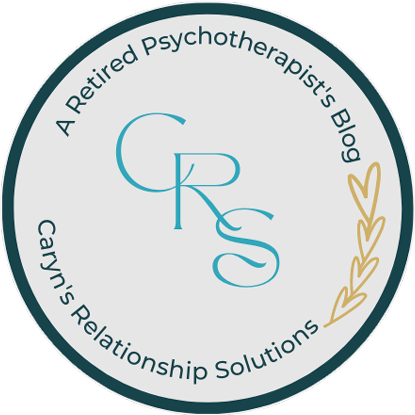
It’s February, the month dedicated to love, and Cupid is drawing back his bow, aiming for hearts everywhere. Toward the hopeful, the sheltered, the shattered, the unsuspecting, and the dark, the arrows fly true.
The air is heavy with complex scents–deep red roses, fiery cinnamon, dark chocolate, and complex berry-red wine. Romantic cards shout loving sentiments while lovers exchange gifts–candles, candy, oils, silk ties, eye masks, binding cords, intimate electric toys, and whips.
Hold on! That’s not Valentine’s Day red; it’s 50 Shades of something darker.
Female author E.L. James’ titillating trilogy sold an astounding twenty million copies in the first five months. Now a popular movie series on Netflix, this story, set in Seattle, centers upon the lives of the naive, virginal, college graduate Anastasia Steele and the thirty-year-old buff CEO and billionaire Christian Grey.
Oh, did I mention that Grey is psychologically damaged (50 shades worth)? Early childhood abuse created a disconnect between attachment, intimacy, and physical contact. Grey creates his world where he must dominate a submissive through contrived, controlled, and cruel sexual activity. The series offers an erotic journey as Grey explores his pain at Anastasia’s expense and begins to heal and perhaps learns to love with his chosen women by his side.
This story enamored us, and its phrases and images have crept into our vernacular. Saturday Night Live echoed this trend through a sketch in which women hid from their families so they might read a few pages in erotic privacy. Marge Simpson’s hair turned shades of gray instead of her typical blue hairdo. Ellen DeGeneres humorously read an excerpt. And, EJ DiMera, a character on the soap opera Day of our Lives, referred to his ex-wife, Sami, as being fifty shades of screwed up.
The obsession with this story begs for answers to an age-old question. Can severe damage from early psychological abuse and the resultant attachment disorder be ignored or improved through consistent love?
The short answer is No. The long answer is Perhaps. During the first three years of life, what happens to a child affects the developing psyche and personality. When the child experiences pain that the parent cannot alleviate, abuse or neglect, or inconsistent care from a depressed caregiver, the child’s ability to establish trust is severely damaged. That child learns that the surrounding world will not offer necessary safety and support, causing him to detach from others. Grey could not experience intimacy, choosing to control his partners, often in harmful ways.
Those who detach from healthy attachments find it nearly impossible to form deep connections and turn to distant and detached forms of association and addiction. To be clear, sexual play with masks or handcuffs is perfectly allowable as long as respect and awareness exist between both consensual partners. Finding a balance is critical when considering various forms of sexual enjoyment and closeness.
However, therapeutic intervention is imperative if the aim is to assist the detached partner in experiencing love. Data shows that the hill toward a healthy relationship for those who are detached is mountainous. The process begins with psychological re-parenting of the affected partner through consistent awareness, love, kindness, and appropriate boundary setting. Anastasia utilizes these concepts as the storyline in the trilogy develops. The observer roots for her success and the continuation of their love.
Commonly, we want it all. We desire passionate, intimate encounters, intense eye contact, and a partner who is “present”–listening when we speak, showing interest in every word and movement. We also desire financial comfort, exciting erotic adventures, and a fabulous career. And we’d like it all to exist while in the arms of a highly attractive, desirable partner who will not cause us pain.
Loving touch satisfies skin hunger and encourages the production of oxytocin, the hormone, and neurotransmitter associated with empathy, trust, sexual activity, and relationship-building. This chemical substance is released at the end of a nerve fiber in our brain, allowing the information to jump across the synapse or junction, transferring the feeling to another nerve fiber, creating the sense of love. Similarly, consuming small quantities of chocolate produces endorphins, dopamine, serotonin, and oxytocin. These four neurotransmitters form pathways of happiness in the brain. On the other hand, emotional or physical pain halts the production of these essential natural hormones and creates loneliness and depression.
If given the option of diving into a whirlwind experience with a traumatized, narcissistic controller or a beautiful hand-crafted box of colorful Norman Love Confections, choose the consistency and easy outcomes of the chocolates–every damn time.


